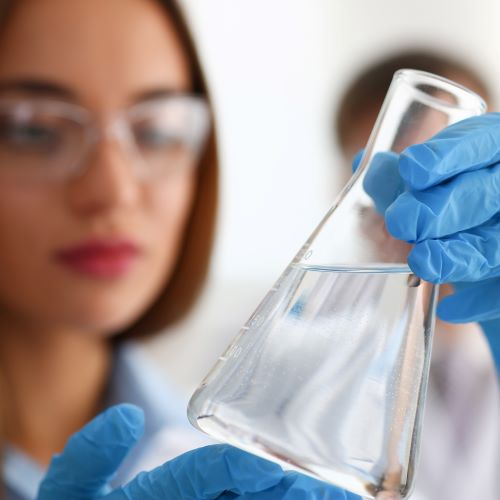
TDS Tester Tips (and Why a Water Test is Better)
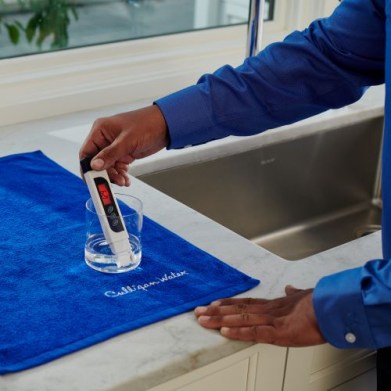
When it comes to water solutions, you likely want only the best for your home. When you’re looking to evaluate your home’s water quality, you may consider using a TDS meter. Also called TDS testers, these devices measure the amount of total dissolved solids (TDS) in your water. They’re one way to learn more about your drinking water quality — however, they might not be the best or most comprehensive way.
Let’s find out what’s really happening when you use a TDS meter, whether a professional water test is a better option and why your water’s level of total dissolved solids matters in the first place.
What Does TDS Mean for Water Quality?
Everything from your water source to your home’s plumbing can affect water quality factors such as taste, odor and appearance. TDS value is a single element in this puzzle, but it’s an important one — here’s why:
What Are Dissolved Solids?
Have you ever put salt in a pot of water to make it boil faster? If so, you probably watched that mineral dissolve before your eyes. The same thing can happen outside your kitchen, where both naturally occurring and human-led processes create materials that can dissolve into water supplies.
These materials can include:
- Organic matter
- Calcium
- Magnesium
- Carbonates
- Nitrates
- Chlorides
When you use a TDS meter or other water testing tool, you’re measuring the total concentration of these dissolved solids in your tap water. The result is often expressed as parts per million, or ppm.
Why Does Some Water Have a High TDS Level?
Not all water has the same TDS value. Here are a few common water sources and their typical TDS levels:
- Freshwater: Less than 500 ppm
- Seawater: Between 500 and 30,000 ppm
- Brackish water (naturally occurring water that is saltier than freshwater but less salty than seawater): Between 30 and 40,000 ppm
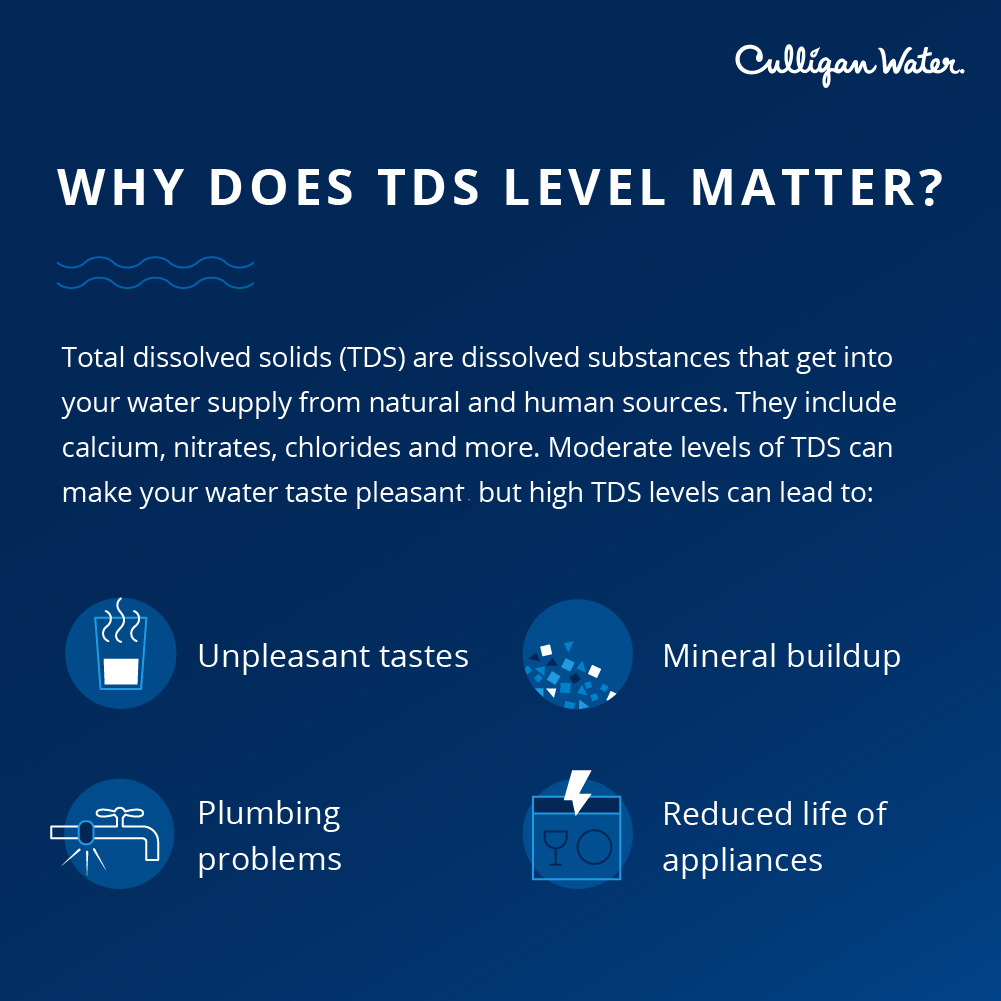 But what about your home’s tap water? It all depends on where your water came from and what happened to it on its way to your home. For example, water from a mineral spring may have high TDS levels because of the area’s salt content. Similarly, a private well drilled near an agricultural site may show a high TDS measurement if fertilizer or runoff reaches the water source.
But what about your home’s tap water? It all depends on where your water came from and what happened to it on its way to your home. For example, water from a mineral spring may have high TDS levels because of the area’s salt content. Similarly, a private well drilled near an agricultural site may show a high TDS measurement if fertilizer or runoff reaches the water source.
Does a High TDS Level Matter?
The U.S. Environmental Protection Agency (EPA) has set secondary standards for TDS levels in drinking water. This puts TDS in the same category as contaminants that don’t significantly impact health but may cause cosmetic or aesthetic issues, such as taste, odor or color. The EPA’s secondary standard limit is 500 ppm — a level echoed in the Canadian Guidelines for Drinking Water Quality.
What if your drinking water’s TDS level is above 500 ppm? Here are a few possible issues you may encounter:
- Hard water
- Mineral buildup
- Plumbing corrosion
- Salty or bitter taste
- Reduced soap and detergent effectiveness
- Reduced usage life for water-using appliances
For these reasons, many people turn to a TDS meter or other water testing tool to find out whether TDS levels could be negatively affecting their water quality and home.
Reading a TDS Water Tester
The most accurate way to measure total dissolved solids would be to evaporate the water and measure and analyze what’s left behind. You probably don’t have the tools (or the time) to make that happen, though — which is why TDS meters have become a popular choice for those looking for a quick indicator of TDS levels.
These handheld devices generally have a screen, control buttons and a reader at the end. Users submerge this reader in their tap water and wait until the screen shows a number. This indicates the water’s TDS level, usually expressed in ppm.
How Does a TDS Meter Get Results?
Instead of directly measuring total dissolved solids, a TDS meter measures the conductivity of substances dissolved in tap water. The higher the conductivity, the more dissolved solids are likely present.
To measure this, a TDS meter emits a small, harmless electrical current through a water sample. It tracks how well this electricity is conducted and converts that into an indirect TDS measurement.
What Can a TDS Meter Tell You?
A TDS meter can provide a high-level view of what’s in your water. Here are a few things that TDS users can see or infer from their results:
- Whether TDS level is higher than 500 ppm
- Whether an unpleasant water taste is likely caused by TDS or something else
- Whether water filtration and water softening solutions should be considered
What Will a TDS Meter Not Tell You?
Although TDS tester readings can be helpful, they won’t tell the whole story. They measure only the concentration of total dissolved solids — not what those dissolved solids are. A TDS meter also won’t indicate what else is present in a water sample, so even a low TDS reading doesn’t necessarily mean that the water source is as clean as might be desired. That’s why a TDS meter isn’t a complete water testing solution.
What Else Could Be in Your Water?
You know that a TDS meter won’t provide insight into other potential water-quality issues — but what could those issues look like? What important information could you miss by relying on a TDS tester alone? A TDS tester won’t indicate specific levels of contaminants including:*
- Chlorine
- Iron
- Acidity
- Hydrogen sulfide
- Lead
- Copper
- Bacteria
High levels of these materials can have important health implications, beyond producing unpleasant sensory issues (like iron making your water look brown). For example, while chlorine water contamination generally leads to unpleasant tastes or odors, the presence of lead can lead to serious health issues.
For a more comprehensive look at your drinking water quality, you need a professional water test and consultation. A free, in-home test from Culligan® can measure levels of chlorine, hardness and other common water issues in addition to total dissolved solids. Perhaps most important, your local Culligan expert will give you all the context you need — with no meters to read or results to interpret. At the end of your test and consultation, you’ll also get personalized recommendations for water filtration and softening solutions that will fit your unique needs. No TDS meter will do that.
Choose a Water Test You Can Trust
While an elevated level of total dissolved solids isn’t generally a risk to your health, it can cause other irritating issues, from mineral buildup to reduced detergent efficiency. It can even make your water taste unpleasant. That means it’s important to know your tap water’s TDS level — but also to recognize the limitations of TDS meters.
A TDS tester might be effective for basic needs, but it won’t provide context about your home’s water quality. Without these details, you won’t be able to ascertain what your next steps should be in addressing your home’s leading water-quality issues.
The good news is that a professional water test and consultation can do all that and more. Performed by your local Culligan expert in about 30 minutes, this test will not only give you peace of mind — but also it will help you find out how to tackle any water-quality issue you might have.
Ready to get started? Schedule your free water test and consultation today.
*Contaminants may not necessarily be present in your water.
Related Articles
Solutions for Copper in Water
8 min read
Find A Location Near Me

Schedule Your Free
In-Home Water Test
Get better water in your home by scheduling an appointment with your local Culligan Water Expert.
Discover More
See All Articles
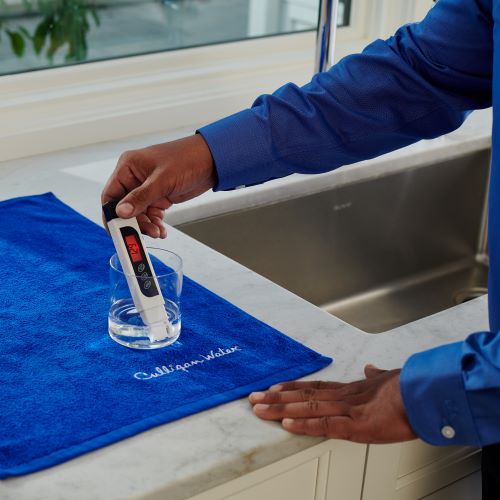
TDS Tester Tips (and Why a Water Test is Better)
What does TDS stand for, and what does it indicate for your water quality?
7 min read

Explore

Explore
Our Products
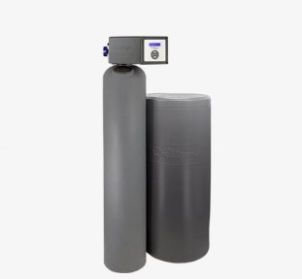
Water Softeners
With any of our soft water systems, get more out of your water-using appliances while spending less on energy and detergent.
View Products
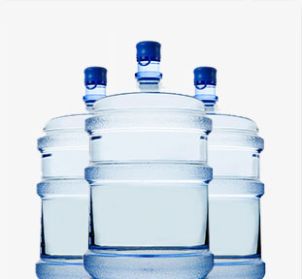
Water Delivery
There’s never been a better time to enjoy the convenience of scheduled bottled water deliveries from the Culligan® Water Experts
View Products
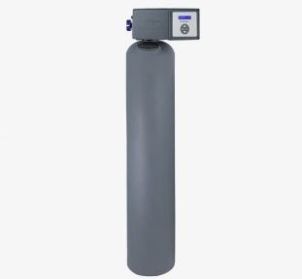
Water Filtration Systems
Culligan's water filtration systems have improved water quality for thousands of families worldwide.
View Products
